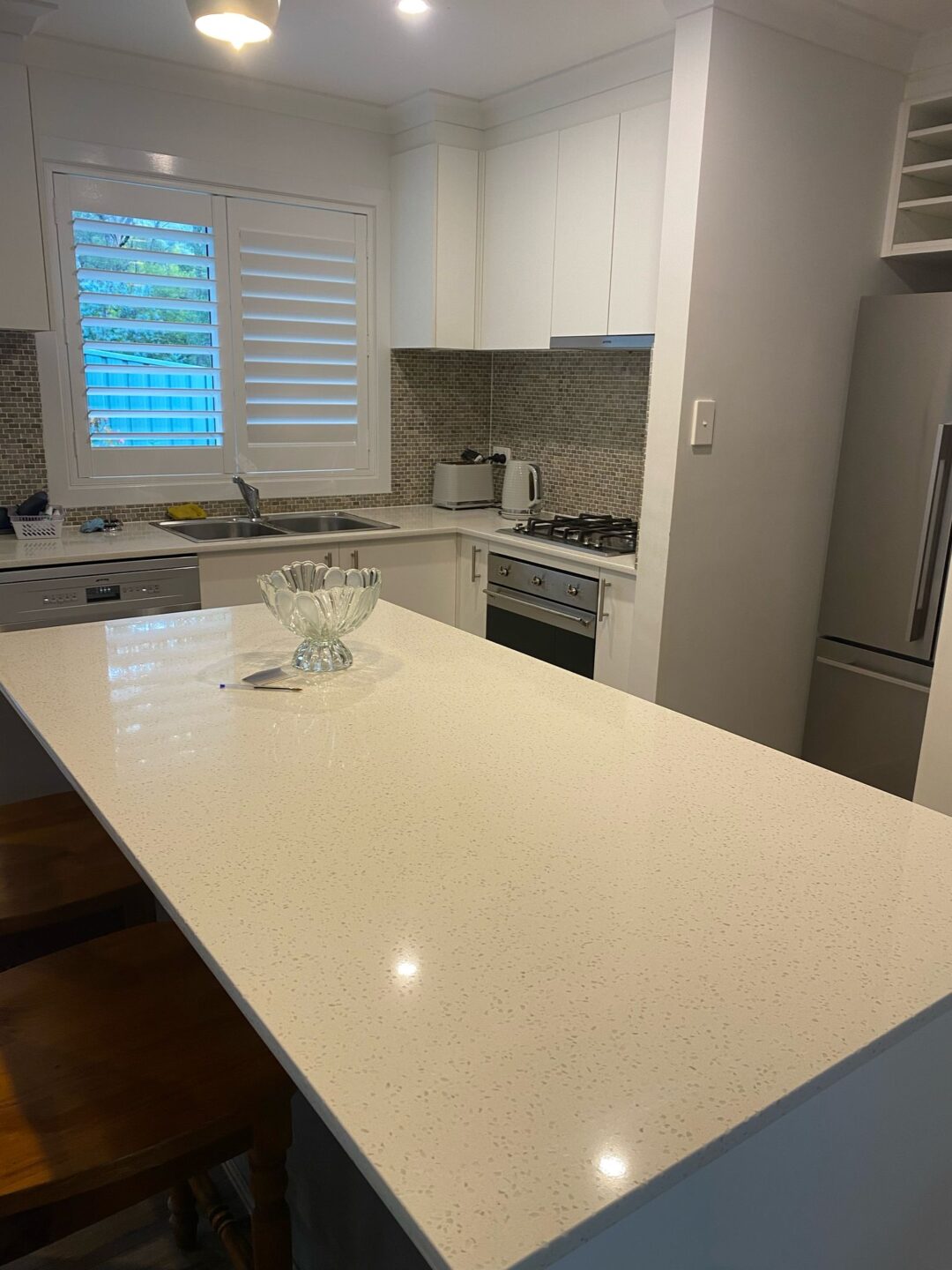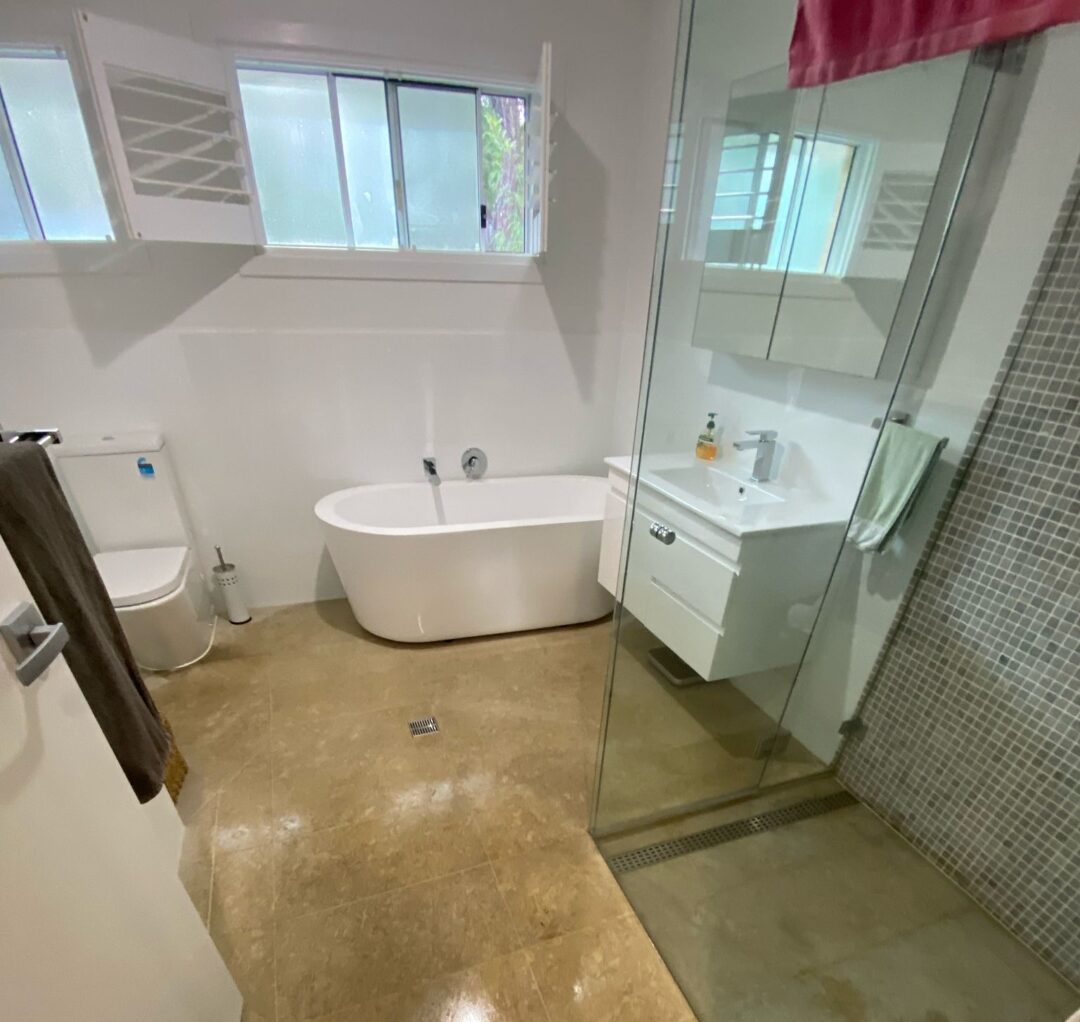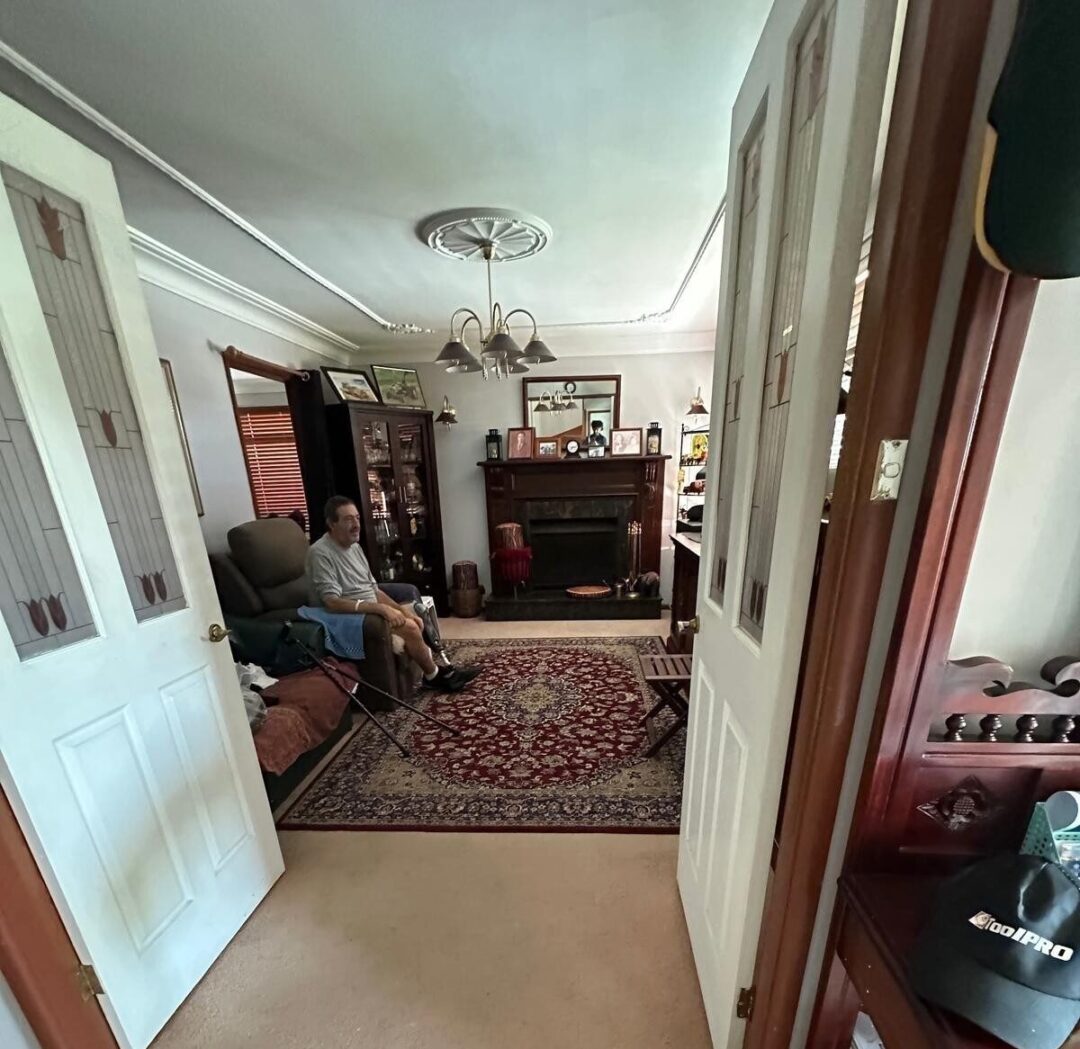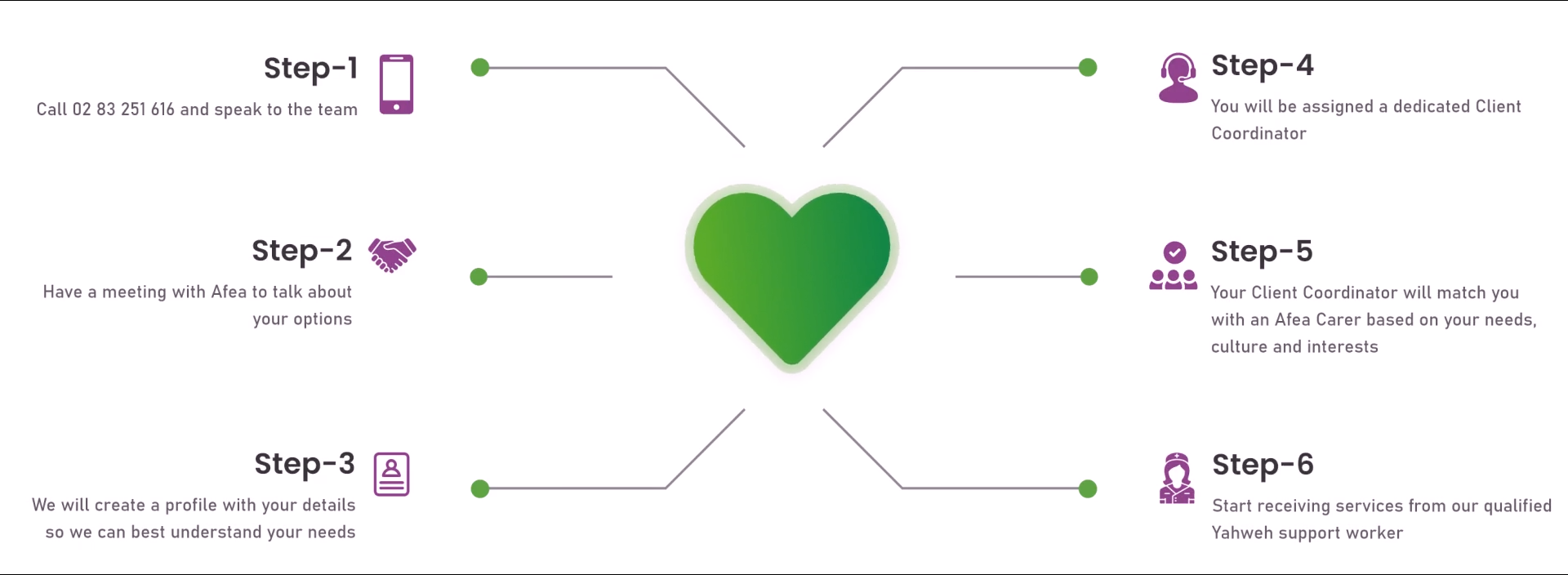SWITCH TO YAHWEH CARE
Providing care and holistic approach to NDIS participants aiming to create opportunities for you to live your best life.
Contact UsNDIS Home Modifications for people with disability is important. If you have a disability, your home might need changes to help you move around, stay safe, and live independently. If you’re an NDIS participant, you may be able to get funding for home modifications.
Let’s break it down simply.

Home modifications are changes to your home that help you do things more safely or easily. They are not about luxury. These modifications in your home focus on convenience, access, function, and safety. The goal is to help you stay in your home and live the way you want to without worrying about your disability.
Home modifications can include:
Not everyone on the NDIS gets home modifications. As an NDIS participant, you must meet some conditions so you won’t spend out of your own money. In some instances, you’ll need an occupational therapist (OT) to assess your specific needs. They’ll recommend the changes to your NDIS plan that suit your situation.
You may be eligible for NDIS home modifications if:

This is key to any generally fund standard modifications of NDIS. It means that the NDIS only pays for supports that meet these rules. Meaning, they won’t pay for general renovations or things unrelated to your disability. Some things are not covered. These include aesthetic upgrades, regular home maintenance, as well as temporary changes.
For home modifications, these are the following considerations:
Here’s how the process usually works:
Your support coordinator or NDIS planner should know that you’re having trouble at home before they could fund reasonable home alterations. You must explain what tasks are difficult and why, so they can guide you through the next steps and help you get the right professionals involved.
An occupational therapist will visit your home, assess the barriers, and see what’s making daily tasks difficult. After that, they will suggest solutions. Their report is essential. Based on this, they will recommend specific modifications and write a detailed report to support your NDIS funding request.
Once you have the OT report, you’ll need a licensed builder to provide a detailed quote for the recommended modifications. This quote should match what the OT suggests and include all costs, from materials and labour to any needed approvals. You need to submit both the OT report and the builder’s quote to the NDIS for review.
After everything is done, the NDIS will look at your OT report and builder’s quote to decide if the modifications are reasonable and necessary supports. They’ll check if the changes are cost-effective, are clearly associated with your disability, and will improve your daily life. If approved, the NDIS will provide funding to your plan so you can move forward with the work.
Once funding is approved, hire a trusted builder and schedule the home modification. It is important that the builders are registered and understand the home recommendations you need. That way, they can follow and secure all safety and accessibility standards. After that, stay in touch during the process to ensure the home modifications meet your needs.
For most home modifications, you’ll need to use a qualified and experienced builder. Before you agree to anything, make sure you get a detailed quote and timeline.
Sometimes, the NDIS requires builders to:

Be clear about what tasks you find hard to do at home because of your disability. For example, if you can’t safely use the shower or reach cupboards, inform them directly. The more specific you are, the easier it is for your OT and planner to understand what changes you really need.
Show the NDIS what your home looks like now and where the issues are. Take photos of the areas in your home that are causing problems. This could be narrow doorways, steep steps, or hard-to-reach fixtures. Clear images help your occupational therapist and the NDIS see exactly what needs to be fixed and why.
Work with experienced professionals who understand NDIS home modifications. This includes occupational therapists who know how to write detailed reports and builders who follow disability access standards. Also, explain to your support coordinator the importance of home minor modifications to your living situation. The right team can save you time and avoid delays in meeting your NDIS requirements.
Don’t hesitate to check in on your NDIS home modification application. If anything comes up, ask questions and seek help at every step. If something doesn’t make sense, speak up—whether it’s about funding, reports, or timelines. Understanding what’s happening helps you stay in control and ensures your home modifications truly meet your needs.
Home modifications can make a huge difference. They can help you stay safe, reduce your need for disability support, and give you more freedom in your own space.
If you’re struggling at home, talk to your NDIS support coordinator. You need to understand that you don’t have to live in a house that doesn’t suit your needs. With the right support, your home can become a better fit for you.
If you’re looking for an NDIS support provider, you can contact Yahweh Care for assistance. Their team can accommodate the changes to your NDIS plan for a suitable home modification.
Providing care and holistic approach to NDIS participants aiming to create opportunities for you to live your best life.
Contact Us


